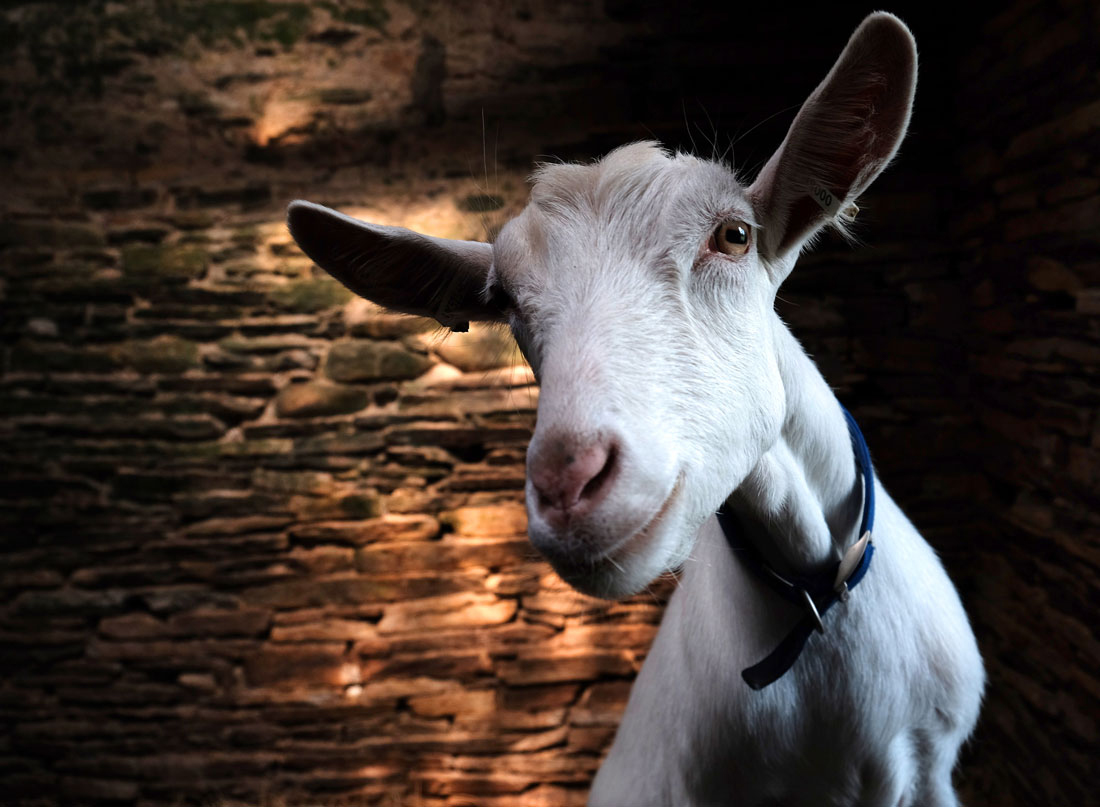Life in the Trenches
Life in the trenches at the Ness of Brodgar archaeological dig is initially confusing but ultimately rewarding. I have been working there as an artist in residence for almost a…
Life in the trenches at the Ness of Brodgar archaeological dig is initially confusing but ultimately rewarding. I have been working there as an artist in residence for almost a…
Recently I was delighted to be the subject of Catherine Gates’ latest blog post on Architectural Comment: Touch the Ground Vicariously. A trained architect, Catherine’s writing is highly relevant to…
For this exhibition at the Stronach Gallery in Ballycroy National Park Visitors Centre in Ireland, I created a panel of nine separate works on the subject of County Mayo. This…
This Art Deco bungalow in Sidi Ifni (Morocco) dates from the time when this seaside town was colonised by the Spanish, who left as recently as 1969. Sadly, the house…
Following its outings to Liverpool's Walker Art Gallery and the Birmingham Museums, my work Hiding the Wound; Homage to Mr. Freud is now at the Highlanes Gallery in Drogheda (Ireland)…
Next summer I will be artist in residence at the Ness of Brodgar archaeological dig, which is a UNESCO World Heritage Site. This wonder of the ancient world covers 2.5 hectares…
For the last month I've been sharing a studio with the distinguished artist Stanley Cursiter. This is not on a literal level: He used this space as a young man…

Since this photo of a year ago, Artic Willow has become a mum to daughter Aspen, who’s already won the best kid class at an agricultural show on Orkney where they both live. In a couple of weeks time I’ll back on the Northern Isles and hoping to photograph both of them. Goats are extraordinary animals but tough to work with because they’re in a state of constant motion. So making a portrait like the one above involves at least as much luck as skill… In short, I’m crossing my fingers and hoping to get lucky again!
© www.anniewrightphotography.com
When I first heard of the blue world of Chefchaouen in Northern Morocco, I wondered whether the buildings had been painted that colour as a gimmick to attract tourists. But the truth is far more interesting. After the Jews were expelled from Spain in 1492, some of them settled in Chefchaouen. They brought the colour with them because, in Judaism, it represents the colour of the divine and the sky: the celestial. And although most of the Jewish community in Morocco left for Israel in the late 1950s and ’60s, Chefchaouen remains true blue to this very day.
Photographing this environment was an intensely spiritual experience and I felt like I was floating in an infinite blueness, a world without end. I also found myself thinking about the two artists who shared this azure obsession. The first is Yves Klein (1928-1962) who developed and patented International Klein Blue: a dark and saturated shade found throughout Chefchaouen although I suspect this has nothing to do with Klein’s influence.
The second artist is Derek Jarman (1942-1994) who, along with me, was one of the participants in “Coming Out, Sexuality, Gender & Identity”, a recent exhibition at the Walker Art Gallery in Liverpool and Birmingham Museums & Art Gallery. He first wanted to make a blue film in 1974 because he was inspired by both International Klein Blue and Yves Klein’s desire to transcend reality so as to reach an immaterial, mystical beyond. Jarman was also a mystical artist and often used religious imagery of tormented beauty and heroic suffering to represent aspects of homosexual identity. Diagnosed with HIV in 1986, he returned to his idea of a blue film idea once he started losing his eyesight and medication caused him to see the world through a dense blue filter. “Blue” was completed in 1993 and Derek Jarman died the following year of AIDS-related complications.
A talk about my work “Hiding the Wound: Homage to Mr. Freud” was held recently as part of the Coming Out exhibition at Birmingham Museums & Art Gallery. It was given by the very eloquent Andrea Bonnell and attended by a lively audience of staff members and general public.
I made this piece back in 1979 in response to Freud’s implication that women are “imperfect” and therefore inferior to men. Here, the act of sewing was not only a light-hearted reaction to the female experience of male supremacy but also, and more seriously, a symbolic surgical suture representing the desire for sexual autonomy. But that was then and, I wondered, how would people react nowadays to “Hiding the Wound”?
Andrea’s talk was deservedly a huge success and was followed by some very thought provoking discussions. Some people even took the trouble to leave written comments to be passed on to me. Here’s a selection: “Thank you for being bold and expressive. And for challenging constructs which pass others by. Your works seems even more relevant today and it feels like something which is essential to revisit periodically to redefine its meaning and relevance in the movement.”and “Simplicity and ‘non-drama’ make the piece resonate because female sexuality should not be an issue, nor a trophy for men.”